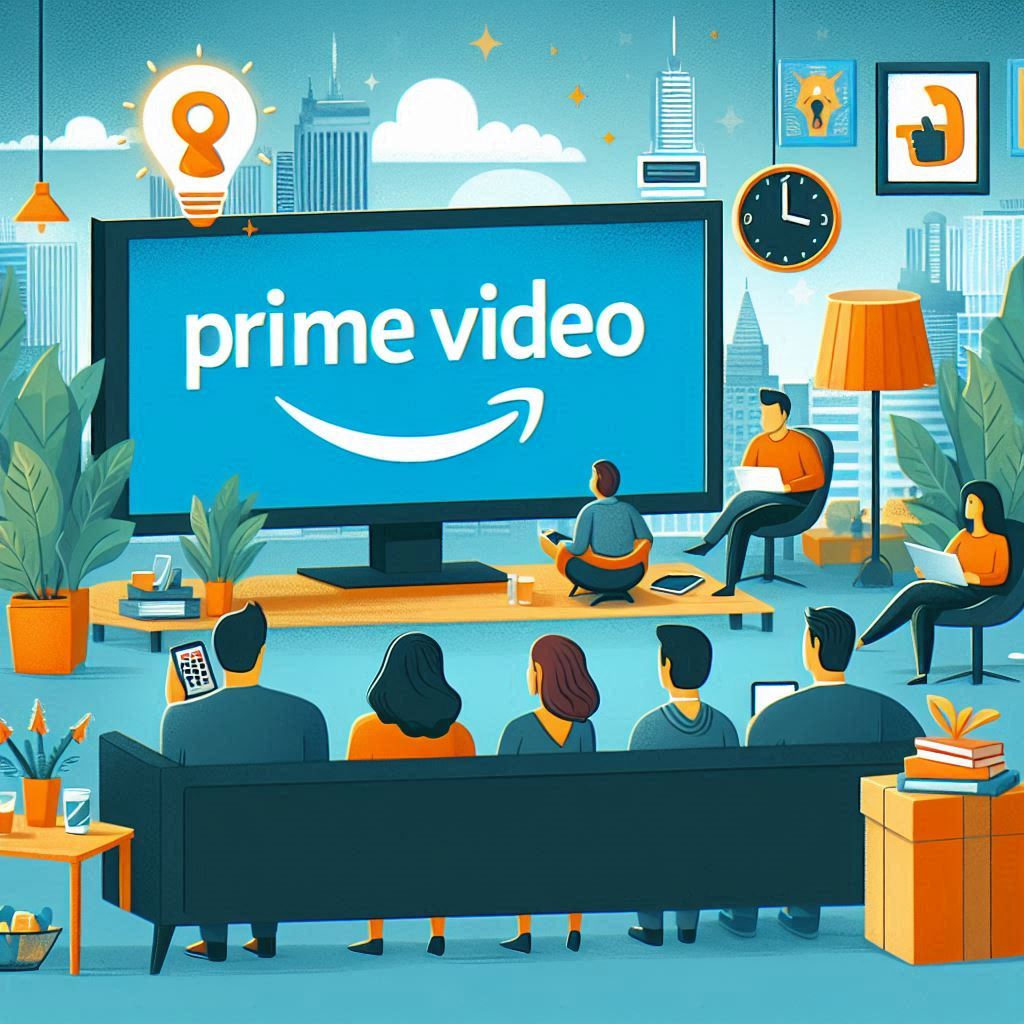Amazon Prime Video has long been a staple in the streaming world, offering a vast library of movies, TV shows, and original content as part of its Prime membership. However, in an effort to nudge more users toward its paid package, Amazon is making strategic changes to its free video offerings. The addition of ad-breaks and the exclusion of premium features like Dolby Vision and Dolby Atmos for non-paying users are just some of the latest moves aimed at pushing viewers to upgrade. Let’s dive into these changes and what they mean for Amazon Prime’s strategy.
Introducing Ad-Supported Viewing on Amazon Prime Video
One of the most significant changes Amazon Prime has introduced is the inclusion of ad-breaks in its free video content. Previously, ad-free viewing was a major selling point of Amazon Prime Video, setting it apart from other free streaming services like Hulu’s ad-supported tier or YouTube’s free content. However, by integrating ads into the viewing experience of free videos, Amazon is creating a distinct separation between what paying members and non-paying viewers receive.
For those who enjoy uninterrupted binge-watching sessions, these ads can be a considerable drawback. Amazon’s hope is that users who are annoyed by frequent interruptions will see the value in upgrading to a paid subscription, which offers an ad-free experience. This approach mirrors what has been seen with other streaming giants: give a taste of the service for free but make the premium experience—sans ads—so much more appealing that viewers are willing to pay for it.
The Removal of Dolby Vision and Dolby Atmos Support
In addition to the introduction of ads, Amazon Prime Video’s free tier also lacks support for Dolby Vision and Dolby Atmos, two of the most sought-after features for high-quality streaming. Dolby Vision provides enhanced HDR (High Dynamic Range) with vibrant colors, superior contrast, and stunning brightness levels, while Dolby Atmos delivers immersive sound that elevates the viewing experience to a cinema-like quality.
By excluding these features from the free content, Amazon is clearly targeting users who are particular about their viewing experience. For those with high-end TVs and sound systems, the absence of Dolby Vision and Dolby Atmos can be a dealbreaker. This strategic move emphasizes the difference in value between the free and paid packages. Essentially, Amazon is making it clear that to get the best possible quality in both video and audio, upgrading to the paid Prime membership is necessary.
Will These Moves Pay Off?
Amazon’s strategy to encourage upgrades through these limitations is not without precedent. Many streaming platforms have experimented with similar tactics, aiming to convert free users into paying subscribers by enhancing the value of their premium packages. The effectiveness of these moves, however, largely depends on how much viewers value an ad-free experience and high-quality streaming.
While these changes might frustrate some users, they also highlight the ongoing trend of streaming services tightening the benefits of free access. As more companies fight for a share of the subscription market, offering just enough to entice but not enough to satisfy is becoming a common strategy.
Amazon’s decision to add ad-breaks and remove support for Dolby Vision and Dolby Atmos in its free videos could indeed push some viewers to make the leap to a paid subscription, especially those who are keen on maintaining a premium viewing experience. However, it’s also a delicate balance—push too hard, and there’s a risk of alienating viewers who may seek alternatives altogether.
As Amazon Prime Video continues to evolve, these recent changes reflect the broader shift in the streaming landscape, where platforms are increasingly placing value on paid memberships. By implementing ad-breaks and removing premium features from its free content, Amazon is betting that viewers will find the paid package worth the extra cost. Whether or not this strategy will successfully convert more free users into paying subscribers remains to be seen, but one thing is certain: the lines between free and paid streaming are becoming clearer, and for Amazon, this is just the beginning.



